mfstructural
Structural
- Feb 1, 2009
- 230
I recently looked at a foundation with several cracks at two of the corners and the ends of the same wall. The house was a "split level" and was constructed in the 1970's. I've included some pictures.
The cracks in the one corner was continuous from one window to the perpendicular wall window, with a vertical crack in the corner as well. the cracks were observed over previously repaired epoxy (presumably over pre-existing cracks).
The crack in other corner originated near the top corner and was diagonal in nature. there were several repaired cracks in this wall, especially at the windows (temp/shrinkage cracks) the cracks were not done by the current homeowner, meaning they were older than 12 years old at a minimum.
An inspection of the outside brick veneer wall at the exterior showed a lot of tuckpointed joints. when i placed a level plumb against the brick, you can see the bottom of the wall and foundation were inwardly displaced. I think it was originally constructed eccentrically, based on the mortar joints observed, but has gotten worse.
A vertical crack in the adjacent wall was also observed. this crack had sharp edges and appeared relatively new.
I'm thinking of reinforcement with vertical WF members anchored to slab and to joists.
I'm looking at repair recommendations. Although the house and foundation are not in danger of immediate collapse, I think the foundation needs to reinforced with vertical members at some point. my question is would you recommend ASAP or monitoring of the foundation for movement and reinforcing if movement continues, which it will at some point based on my observations.
The gutters and sump pump used to discharge adjacent to the house but now they have diverted away from the foundation.
It's very expensive for the homeowner (I know it's not my money), but I want to come up with a balance to save her as much money up front and do some repairs in the future. she is putting the house on the market and this foundation will be an issue during home walk thru's and sale negotiations.
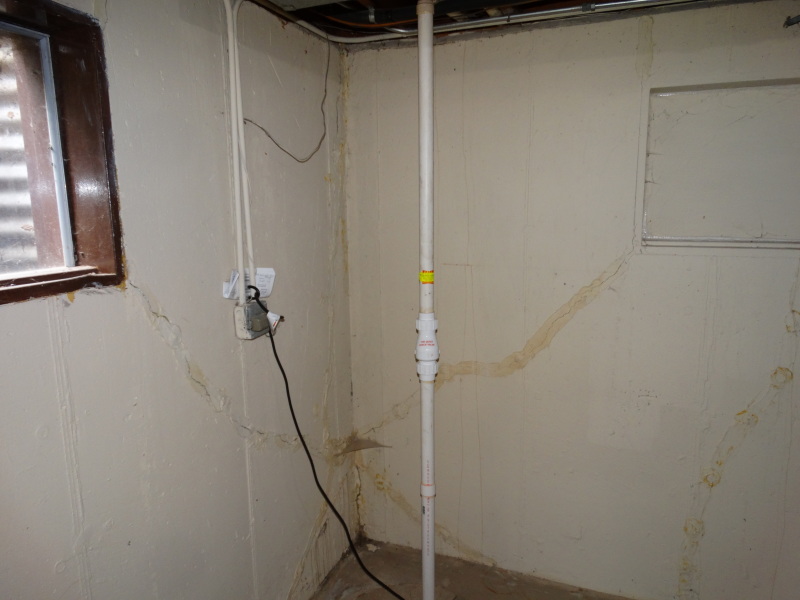
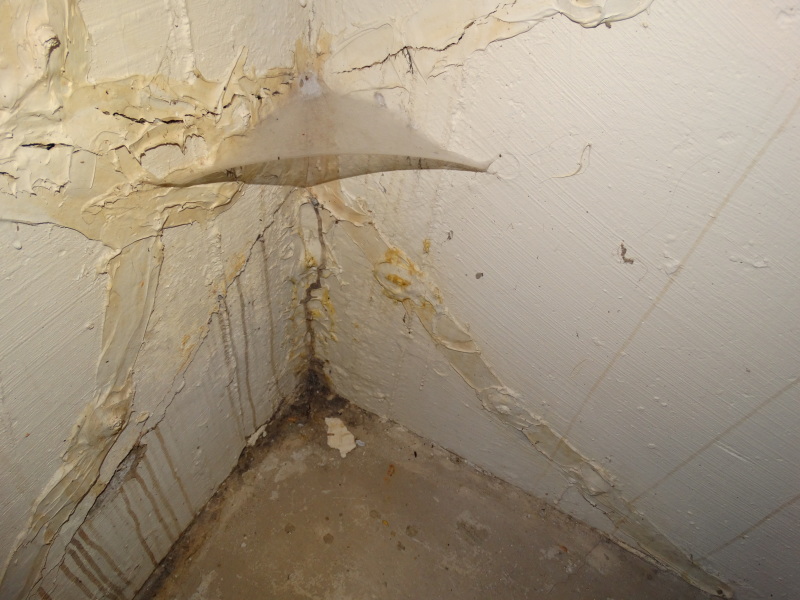
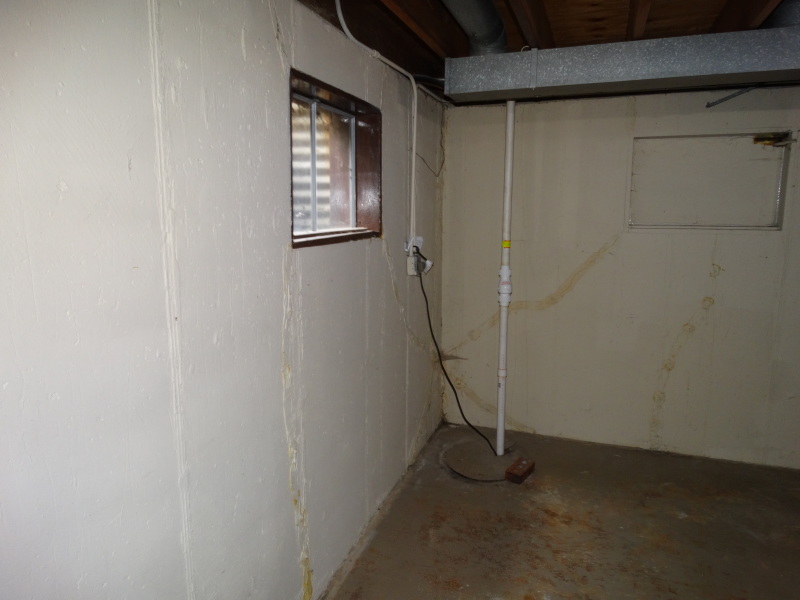

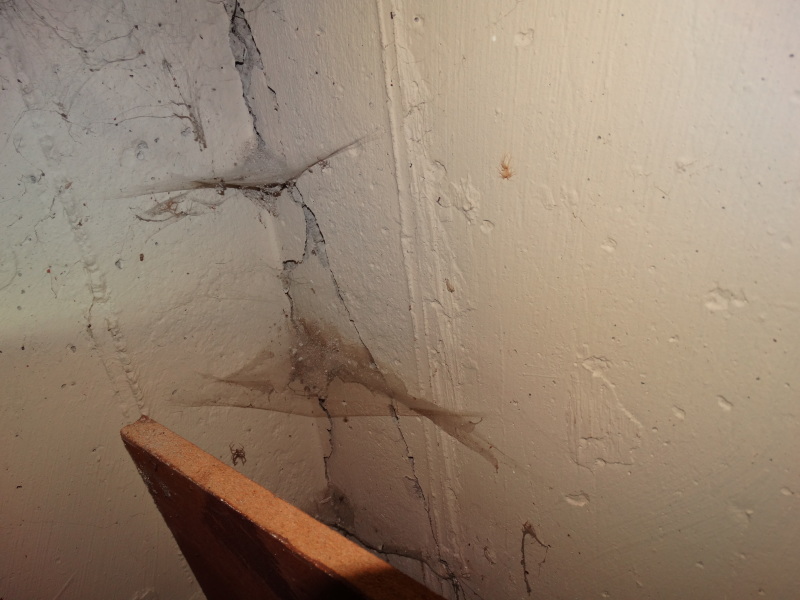
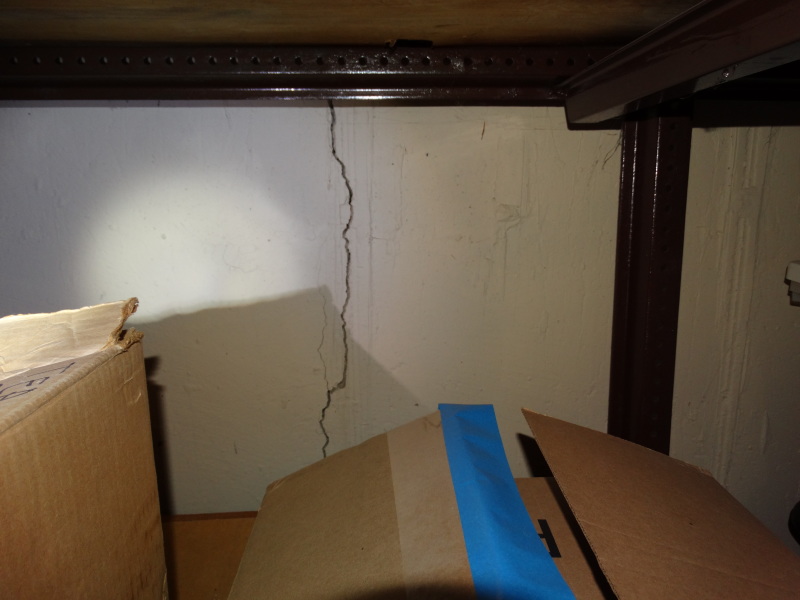
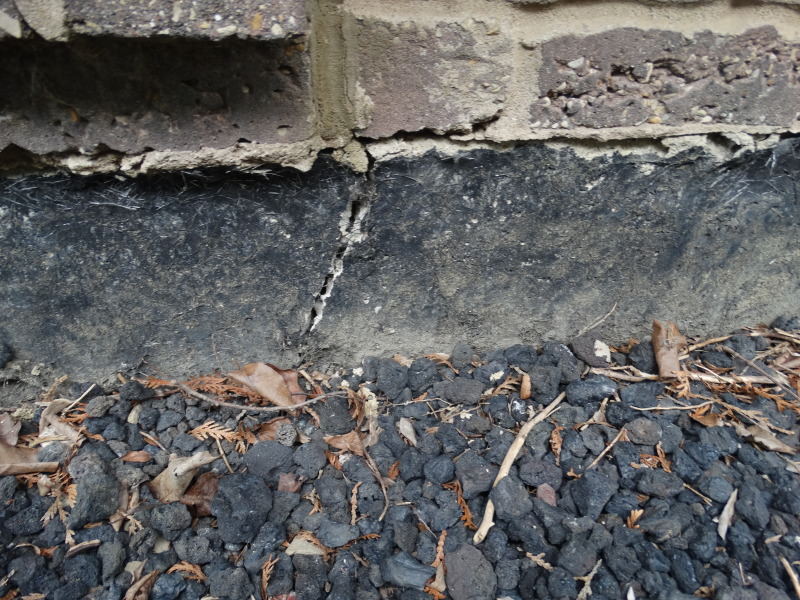
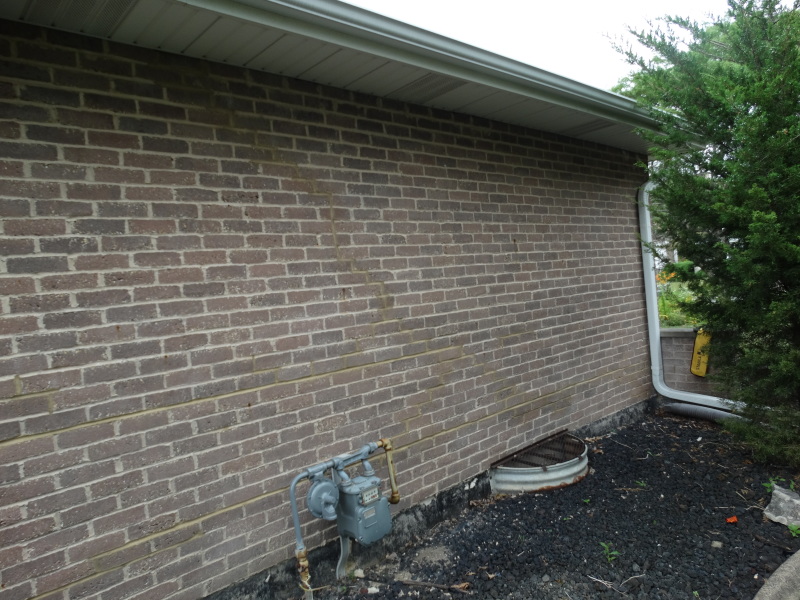
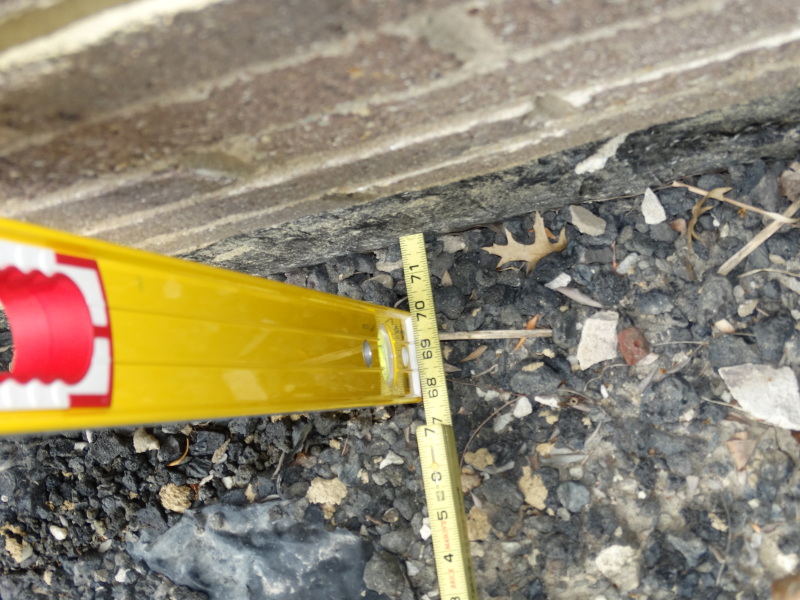
The cracks in the one corner was continuous from one window to the perpendicular wall window, with a vertical crack in the corner as well. the cracks were observed over previously repaired epoxy (presumably over pre-existing cracks).
The crack in other corner originated near the top corner and was diagonal in nature. there were several repaired cracks in this wall, especially at the windows (temp/shrinkage cracks) the cracks were not done by the current homeowner, meaning they were older than 12 years old at a minimum.
An inspection of the outside brick veneer wall at the exterior showed a lot of tuckpointed joints. when i placed a level plumb against the brick, you can see the bottom of the wall and foundation were inwardly displaced. I think it was originally constructed eccentrically, based on the mortar joints observed, but has gotten worse.
A vertical crack in the adjacent wall was also observed. this crack had sharp edges and appeared relatively new.
I'm thinking of reinforcement with vertical WF members anchored to slab and to joists.
I'm looking at repair recommendations. Although the house and foundation are not in danger of immediate collapse, I think the foundation needs to reinforced with vertical members at some point. my question is would you recommend ASAP or monitoring of the foundation for movement and reinforcing if movement continues, which it will at some point based on my observations.
The gutters and sump pump used to discharge adjacent to the house but now they have diverted away from the foundation.
It's very expensive for the homeowner (I know it's not my money), but I want to come up with a balance to save her as much money up front and do some repairs in the future. she is putting the house on the market and this foundation will be an issue during home walk thru's and sale negotiations.









